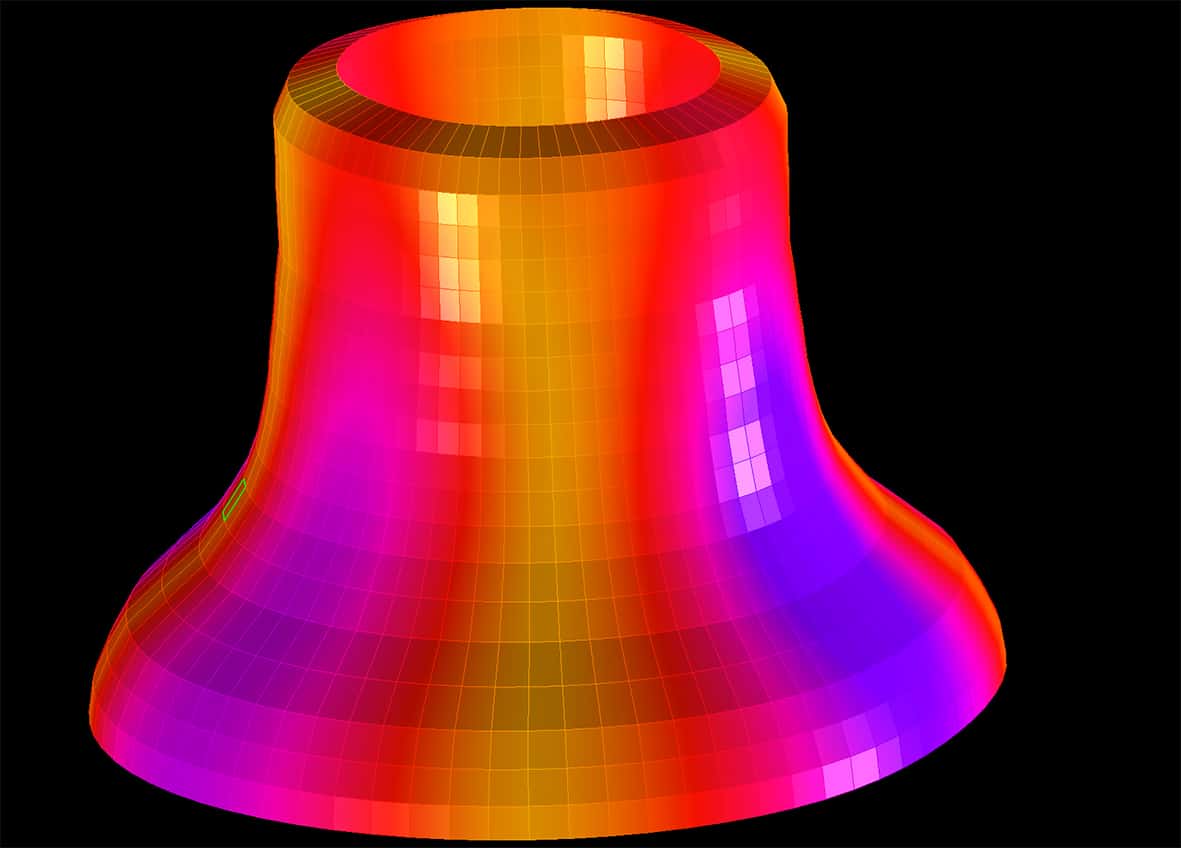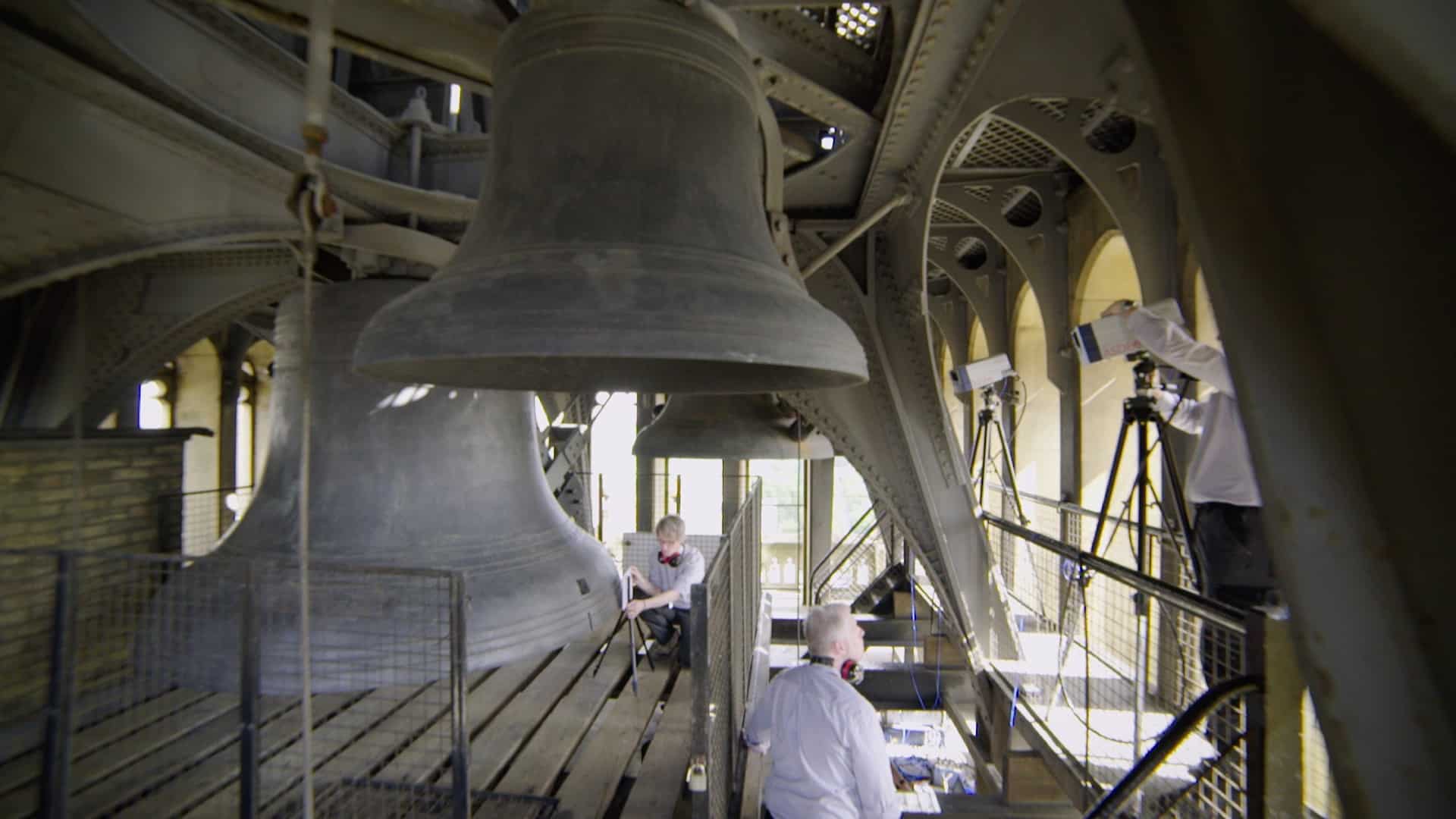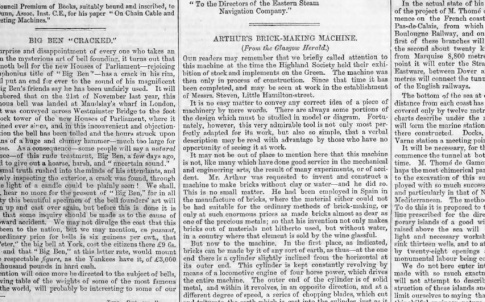
The group, from the University of Leicester’s Department of Engineering used a measurement technique called ‘laser Doppler vibrometry’ to measure four of Big Ben’s chimes, taking place at 9AM, 10AM, 11AM and 12 noon.
This involved creating a 3D computer model of Big Ben and then using lasers to map the vibrations in the metal of the bell as it chimed.
CLICK HERE TO READ OUR ARCHIVE STORY ON THE WESTMINSTER CLOCK
Using two scanning laser Doppler vibrometers, the team were able to characterise Big Ben without touching it providing high-density vibration measurements without any loss of accuracy or precision.
The findings of the mapping project will be revealed during a BBC documentary entitled ‘Sound Waves: The Symphony of Physics’, which will be broadcast at 9:00PM on Thursday 2 March on BBC4.

According to the research team, Big Ben is thicker than other bells of a similar size, weighing more and as a result having a higher pitch than expected for its diameter.
When a bell is struck, the impact causes a number of different vibrations or modes. The frequency and intensity of these modes are predominantly affected by the profile of the bell.
Martin Cockrill, a Technical Specialist from the Department of Engineering at the University of Leicester, said: “Many of the vibrations in the metal of Big Ben are too tiny to be seen by the naked eye. But this is what we were able to map using the lasers and not just one or two points on the surface; we were able to get over 500 measurements across the surface which just wouldn’t have been possible with previous technologies.”
Cast at the Whitechapel Bell Foundry in 1858 Big Ben weighs 13.7 tonnes and is one of the largest bells in the UK.
The current Big Ben is actually the second Bell manufactured for the tower. An earlier bell, cast in 1856, was irreparably damaged thanks to the original striking hammer being too heavy.
 Click here to read The Engineer's archive coverage of Big Ben
Click here to read The Engineer's archive coverage of Big BenThe laser measurements were carried our ahead of a major £29 million refurbishment project which will see Big Ben silenced while maintenance is carried out on the clock and the tower.




Nanogenerator consumes CO2 to generate electricity
The chemistry seems incredibly complex. When the article came out here in Australia the News report was really funny because they scientist/researcher...